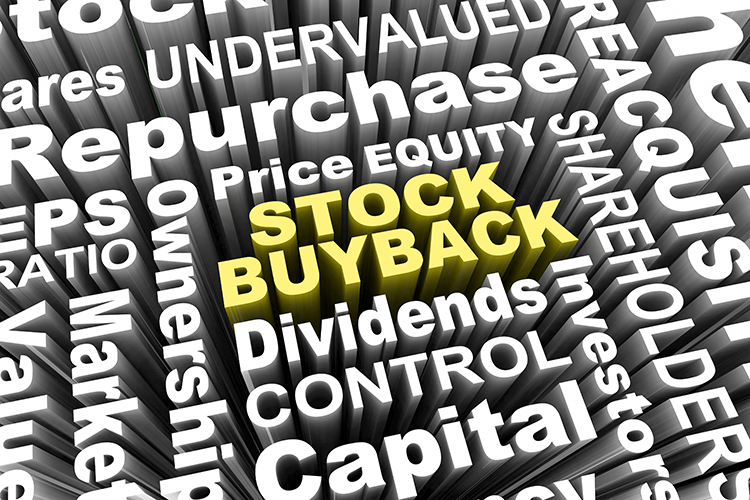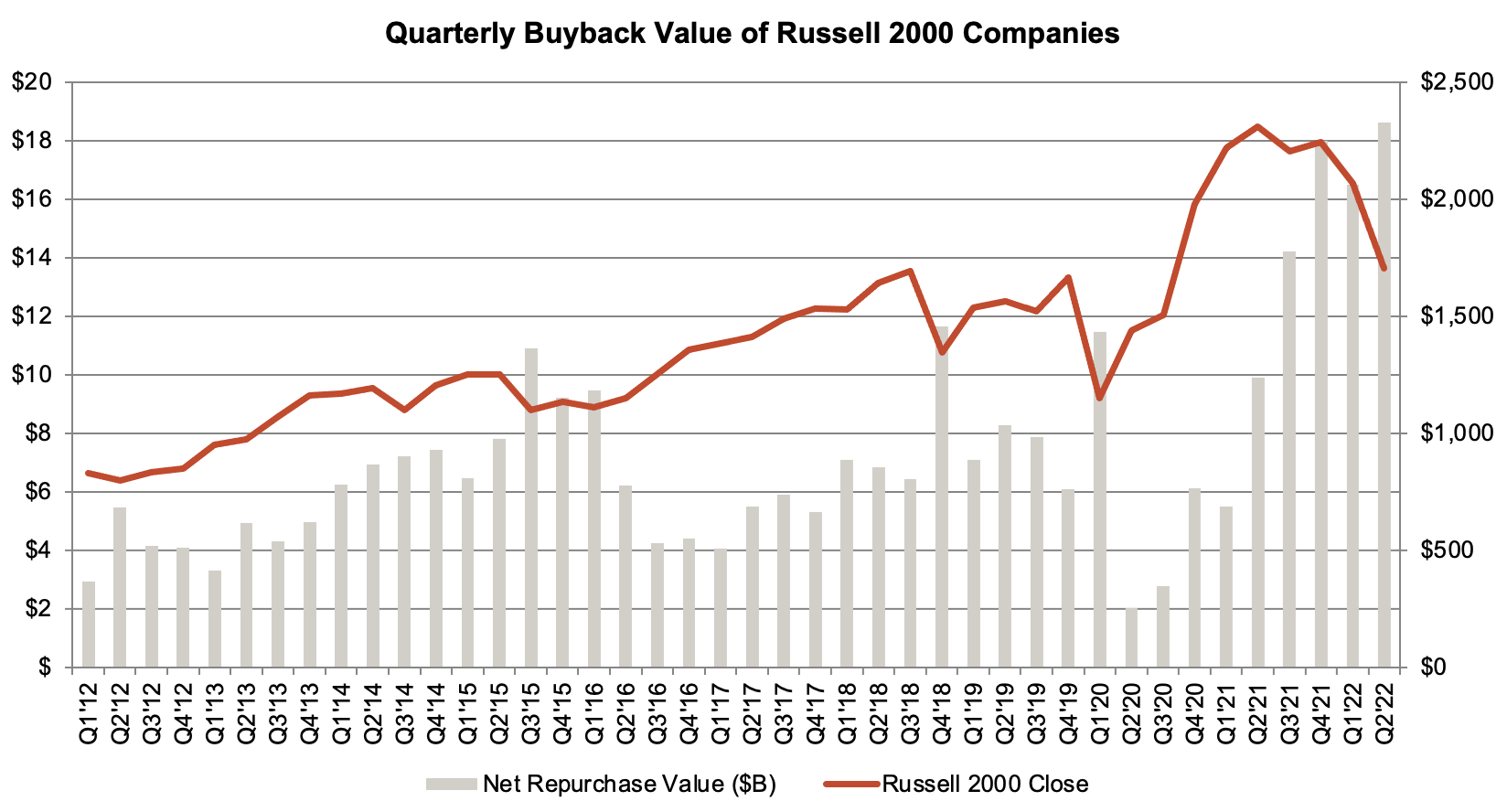
Forbes’ expert analysts have pinpointed the 12 superstars poised to ignite returns in 2024. Don’t miss out—download 12 Stocks To Buy Now and claim your front-row seat to the coming boom. Get instant access to video lessons taught by experienced investment bankers. Learn financial statement modeling, DCF, M&A, LBO, Comps and Excel shortcuts. A financial professional will offer guidance based on the information provided and offer a no-obligation call to better understand your situation.
What happens to share price after buyback?
In the public market, a buyback will always increase the stock’s value to the benefit of shareholders. However, investors should ask whether a company is merely using buybacks to prop up ratios, provide short-term relief to an ailing stock price, or get out from under excessive dilution. As is so often the case in finance, the question may not have a definitive answer.
- The prototypical line in a buyback press release is “we don’t see any better investment than in ourselves.” Although this can sometimes be the case, this statement is not always true.
- Instead of giving them cash, a company can choose to buy back shares of its own stock, effectively taking them out of circulation.
- This tends to increase the value of the shares if demand remains constant or increases.
Stock buybacks: The strategy behind share repurchases
Employees with stock options or equity-based compensation plans may benefit from stock buybacks, as the reduced number of outstanding shares can increase the value of their holdings. When used prudently, stock buybacks can be a tax-efficient way for a company to return capital to its shareholders. A share repurchase reduces the total assets of the business so that its return on assets, return on equity, and other metrics improve when compared to not repurchasing shares. Reducing the number of shares means earnings per share (EPS) can grow more quickly as revenue and cash flow increase. When a company earns a profit, there are three main choices of what it can do with its money, aside from simply hanging on to it as cash.
Why would a company buy back its own shares?
This tends to increase the value of the shares if demand remains constant or increases. A stock buyback occurs when a company buys back its own shares from the marketplace. This reduces the number of outstanding shares, often aiming to increase the value of remaining shares and improve financial ratios like earnings per share (EPS). Buybacks can also increase a company’s earnings per share (EPS) and help offset dilution — for example, through employee stock-based compensation. Share buybacks let shareholders choose whether they want to receive cash or not, which has implications for annual income ] and income taxes.

Stock buybacks can also improve a company’s financial ratios, such as return on equity (ROE) and price-to-earnings (P/E) ratio. In effect, the payments that otherwise would be used for dividend increases are spent buying back stock. So, with fewer shares outstanding, the normal dividend will rise on a per-share basis. That means that willing shareholders sell their stock in the company through market operations.
Offset Dilution From Stock Options and Convertible Securities
Stock buybacks can increase shareholder value by raising the stock price, improving financial ratios, and signaling management’s confidence in the company’s future. Companies with what is accounts receivable turnover ratio excess cash on hand may choose to initiate stock buybacks to utilize their cash reserves. This can be an alternative to paying out dividends or investing in other projects.
All in all, a share repurchase will always grow the value of the company’s stock and therefore be beneficial to the shareholders. However, as an investor it is important to understand the motives of such a move, so the true value of the company can be determined. It’s also important to realize that managers cannot predict the future price of their company’s stock, so it’s entirely possible to overpay. For example, if a company buys back $1 billion worth of stock at $100 per share and it proceeds to fall to $80, the buyback effectively destroyed some shareholder value.
Twenty percent has been used for job creation, and just 6% has been used for the benefit of existing workers. After a buyback is completed, the company’s profits will be spread out among fewer shares than before, which makes the company’s earnings higher on a per-share basis. If management feels that a company’s stock is trading for less than its true value, buybacks can be a no-brainer. Bankrate.com is an independent, advertising-supported publisher and comparison service. We are compensated in exchange for placement of sponsored products and services, or by you clicking on certain links posted on our site. Therefore, this compensation may impact how, where and in what order products appear within listing categories, except where prohibited by law for our mortgage, home equity and other home lending products.
